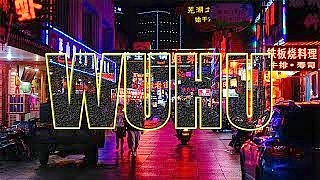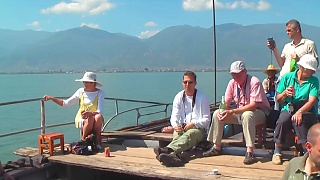Two films by ryzdon - LongSheng (Dragon's Backbone) Rice Terraces, GuangXi province, and LeShan Giant Buddha, Mount Emei Scenic Area, SiChuan province ...
[640],shadow=true,start=,stop=

Live more ...
 A trip to GuangXi 广西 and SiChuan 四川 provinces
A trip to GuangXi 广西 and SiChuan 四川 provincesTwo films by ryzdon - LongSheng (Dragon's Backbone) Rice Terraces, GuangXi province, and LeShan Giant Buddha, Mount Emei Scenic Area, SiChuan province ...
[640],shadow=true,start=,stop=


|

|
In October 2008.
Places visited include Green Lake Park in KunMing, the Stone Forest at ShiLin, and DaLi old town.
|

|
With Time Walker ...
Bonus films - with Rafa Goes Around! ...
With Nico ...
|

|
Bonus film - ZhongShan Park ...
|